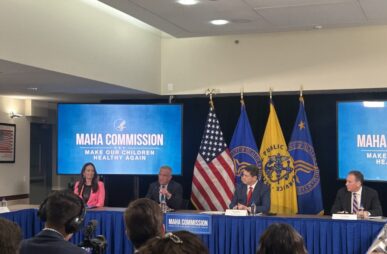Pesticides on your plate – New study warns of need to better understand health effects
Eating plenty of fruits and veggies is recommended as key to a healthy diet, but new research underscores how consuming family favorites such as strawberries, peaches, spinach and kale commonly comes with side of pesticide residues that could be harming your health.









